It’s a Saturday night, and you’re craving Chinese food. Before you pick up your phone for delivery, check out these points to find somewhere with authentic flavor and a taste of real culture.
1. There are disposable wood chopsticks
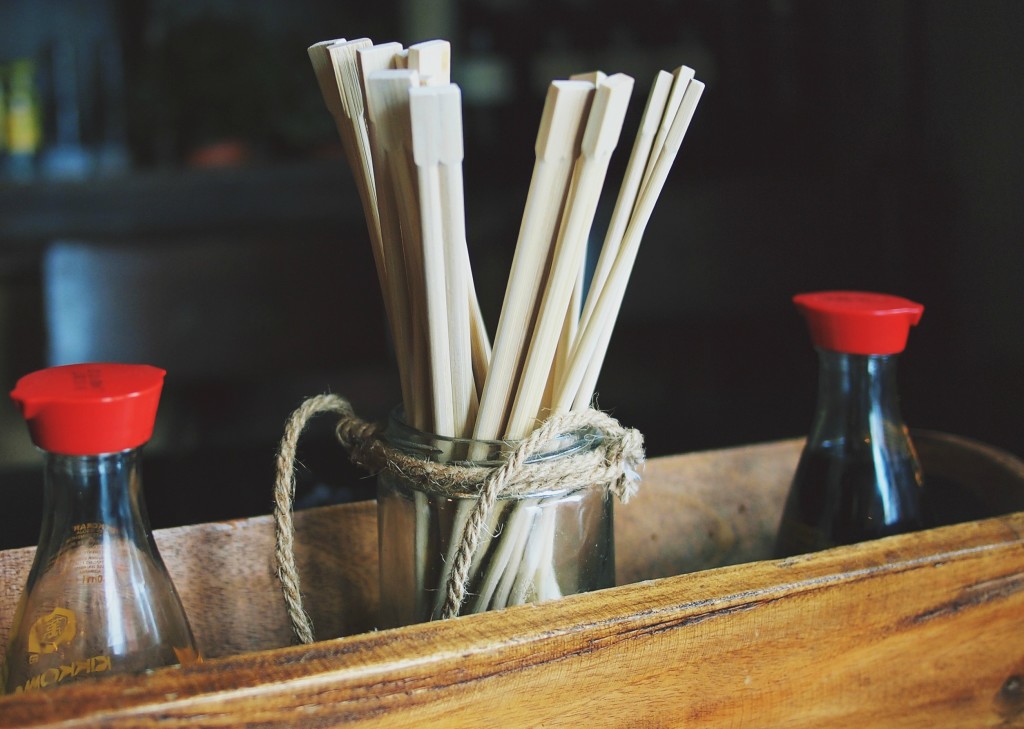
Photo courtesy of stocksnap.io
If there are disposable wood chopsticks, the restaurant probably isn’t legitimate. Any utensil that you can throw away after using is a sign you’re spending the night at a takeout joint. Instead, look for enamel or metal chopsticks. Don’t know how to use ’em? Here’s our guide.
2. You can order General Tso’s Chicken from the menu

Photo courtesy of beachbody.com
Fun fact: General Tso’s chicken has no origin in traditional Chinese cooking, even though it’s rumored to come from the Hunan province. It’s commonly deep-fried and drenched in starchy sweet-spicy sauce, which are trademarks of an Americanized cuisine. Instead, try savory chicken with garlic sauce.
3. There are several foods under the generic name “spring rolls”

Photo by Jessica Chu
Here’s a clarification: Chinese spring rolls feature fried, thin wrappers filled with vegetables and lean pork or beef. Americanized spring rolls are often stuffed to the brim like a burrito and have deep-fried thick wrappers (also called an egg roll). What Americans call spring rolls is just to distinguish between what is a vegetarian and meat (egg roll) option for customers.
Also, Vietnamese spring rolls with clear rice wrappers and vegetables are often misnamed summer rolls.
4. You can create a lunch combination or special
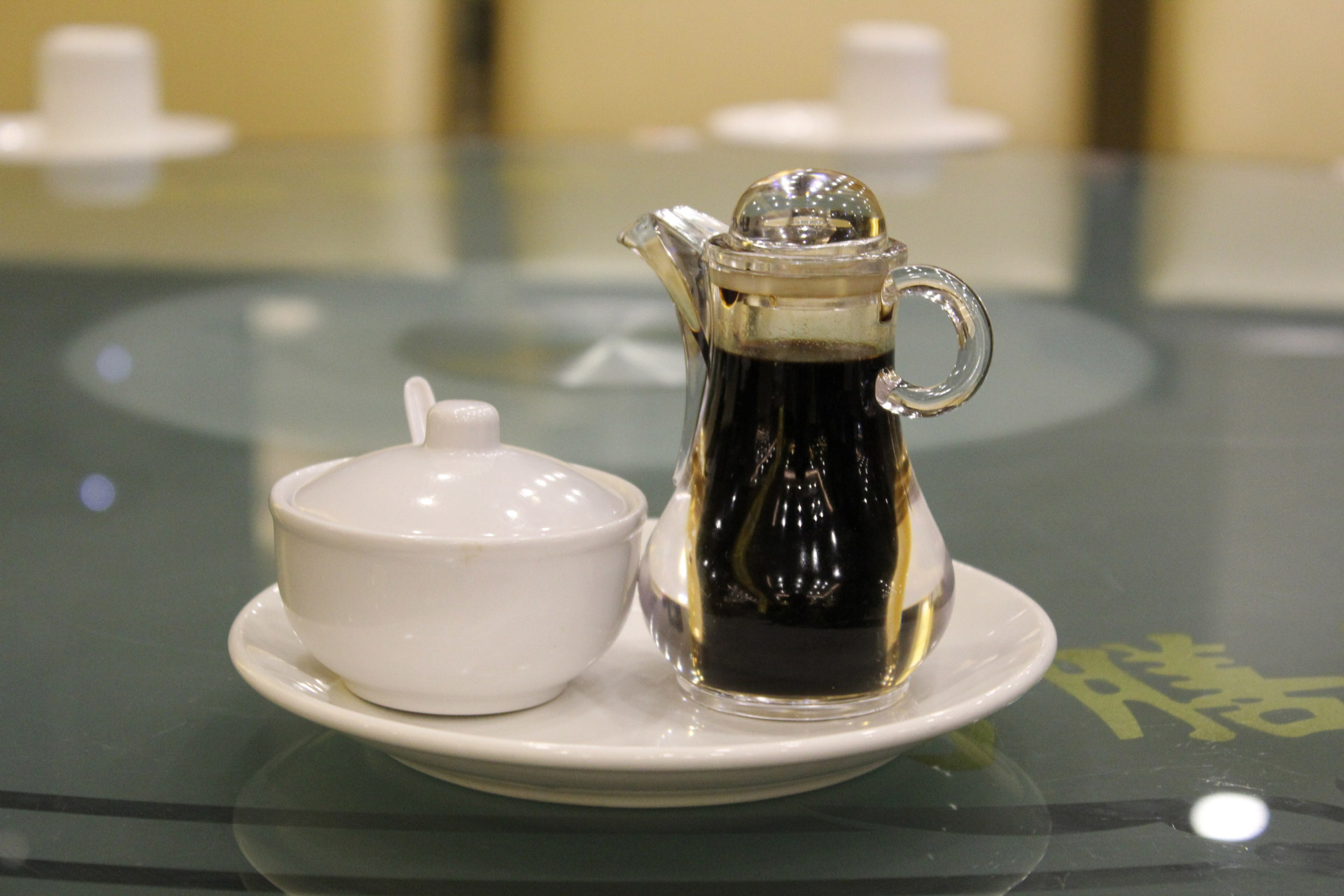
Photo by Maliz Ong
At the dinner table, Chinese cuisine focuses on bringing a variety of side dishes together for the entire family to share. It isn’t about picking a combination of protein and rice, which is more of an American idea (where the meat is often the center of the dish).
5. Fortune cookies are served as dessert
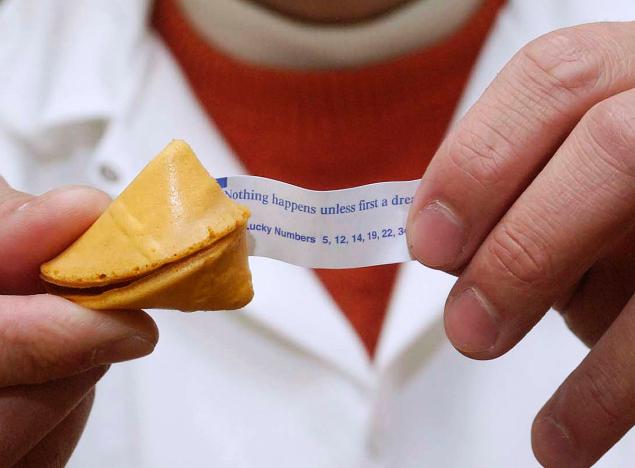
Photo courtesy of nydailynews.com
Turns out, fortune cookies were invented by Makoto Hagiwara, a Japanese-American immigrant who designed the Japanese Tea Garden in San Francisco’s Golden Gate Park. He introduced the fortune cookie as dessert in the 1890s, made by a local bakery called Benkyodo.
Next time, eat oranges, a cultural symbol for luck, for dessert.
6. Only wonton or hot and sour soup are offered on the menu
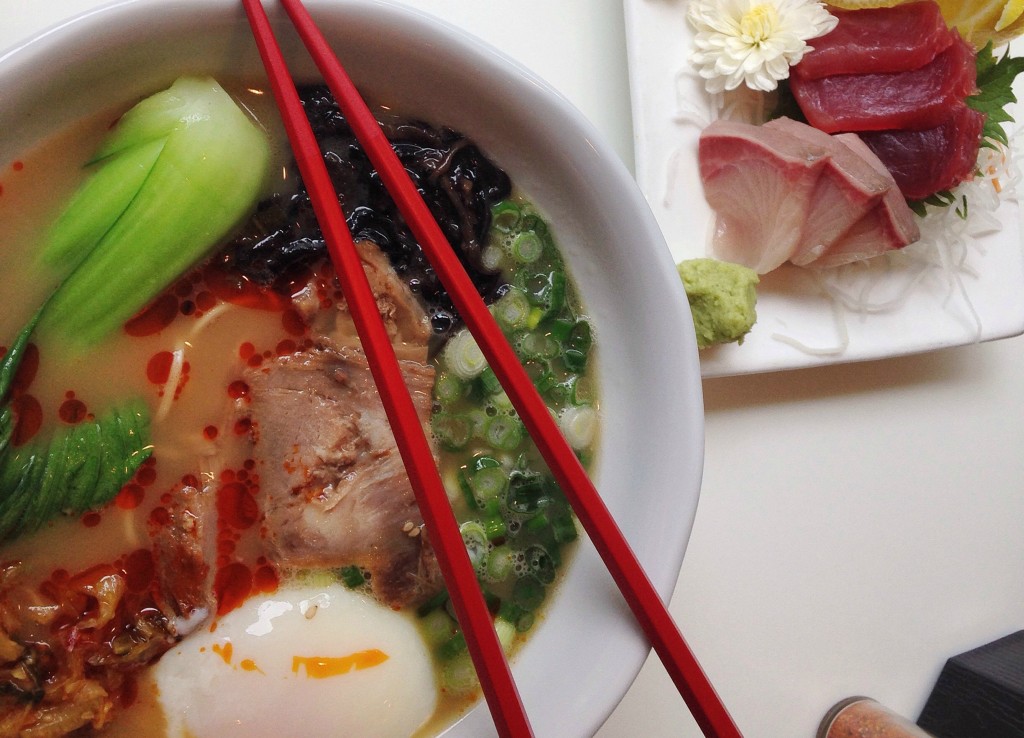
Photo courtesy of stocksnap.io
While wonton soup and hot and sour soup are common American favorites, there are other soups that are often overlooked. In a traditional Chinese restaurant, you can try congee (rice porridge), soup dumplings, or beef noodle soup.
7. Fried wontons are offered as an appetizer
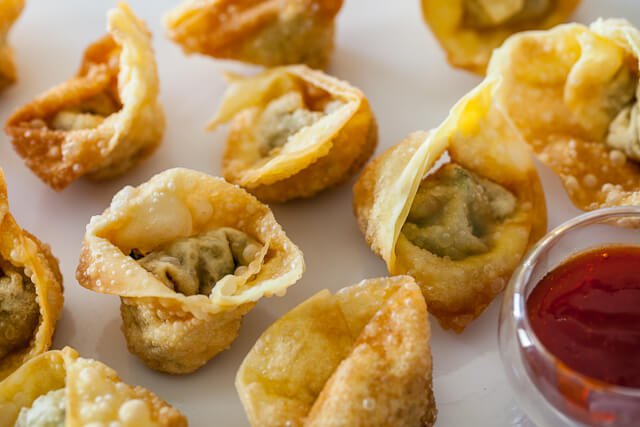
Photo courtesy of steamykitchen.com
As sad as it is, fried wontons are purely American, with fake crab filling and cream cheese. For an authentic snack, scallion pancakes are popular – they provide a well-seasoned end to your meal.
8. When you order lo mein, the noodles are drenched in soy sauce

Photo by Ashton Caudle
Lo mein is delicious, but its Americanized version is usually drenched in soy sauce while cooking. Look for a restaurant that offers lo mein with its ingredients lightly mixed together in the pan, where the sauce is merely a complement for the dish. Here’s our definitive guide to asian noodles.
Finding a real Chinese restaurant is hard, especially when takeout menus appear stuffed in your mailbox all the time. We promise it’s worth it though, and with these tips, you’ll be an expert in no time.


